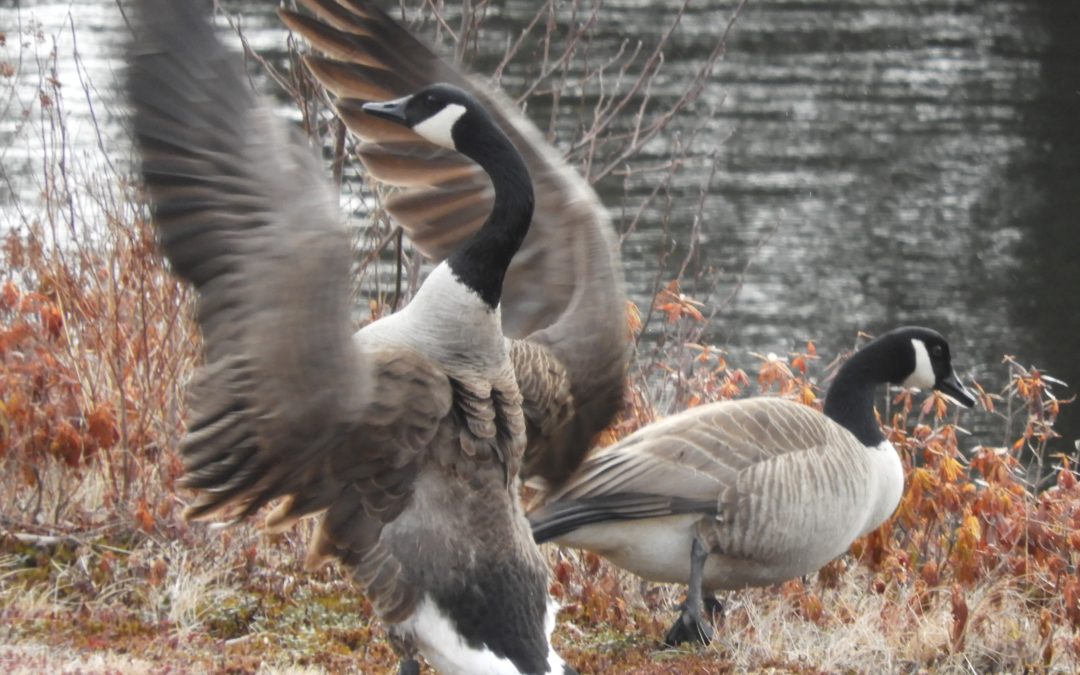It’s no secret that Maine’s has a lot to offer travelers and residents alike, from lighthouses to moose folks travel the state in search of something special. Unfortunately this year we have been unable to travel much further than own our backyards. However being stuck at home staring out the window in April and May has had one silver-lining – it is the start of spring migration.

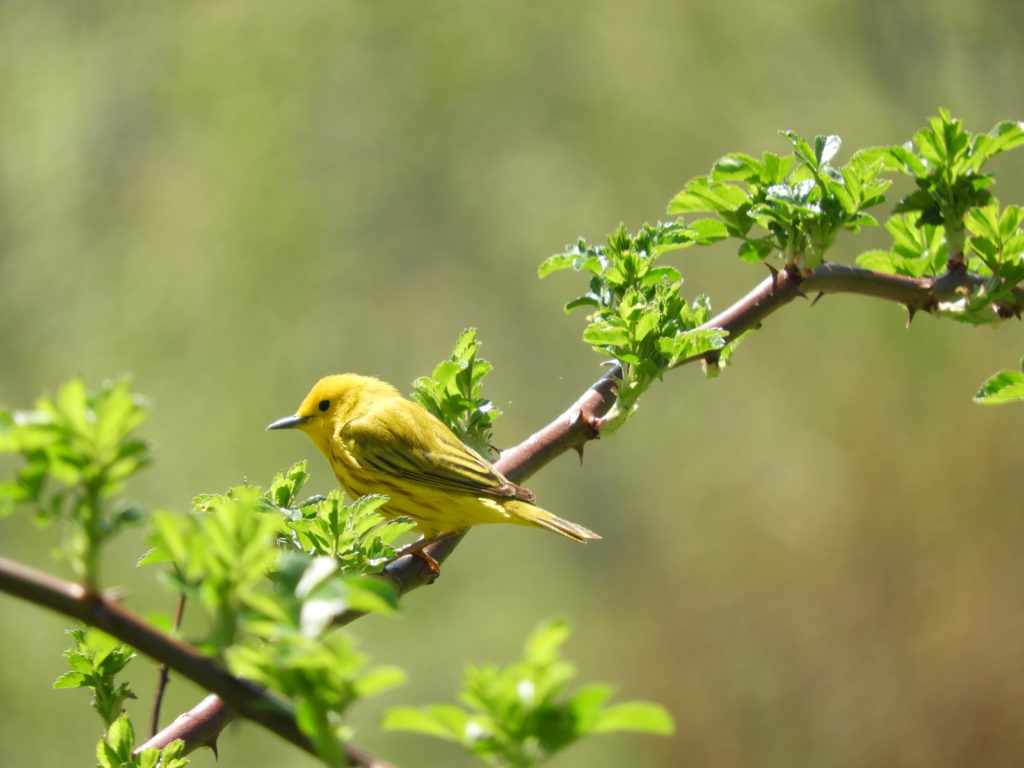
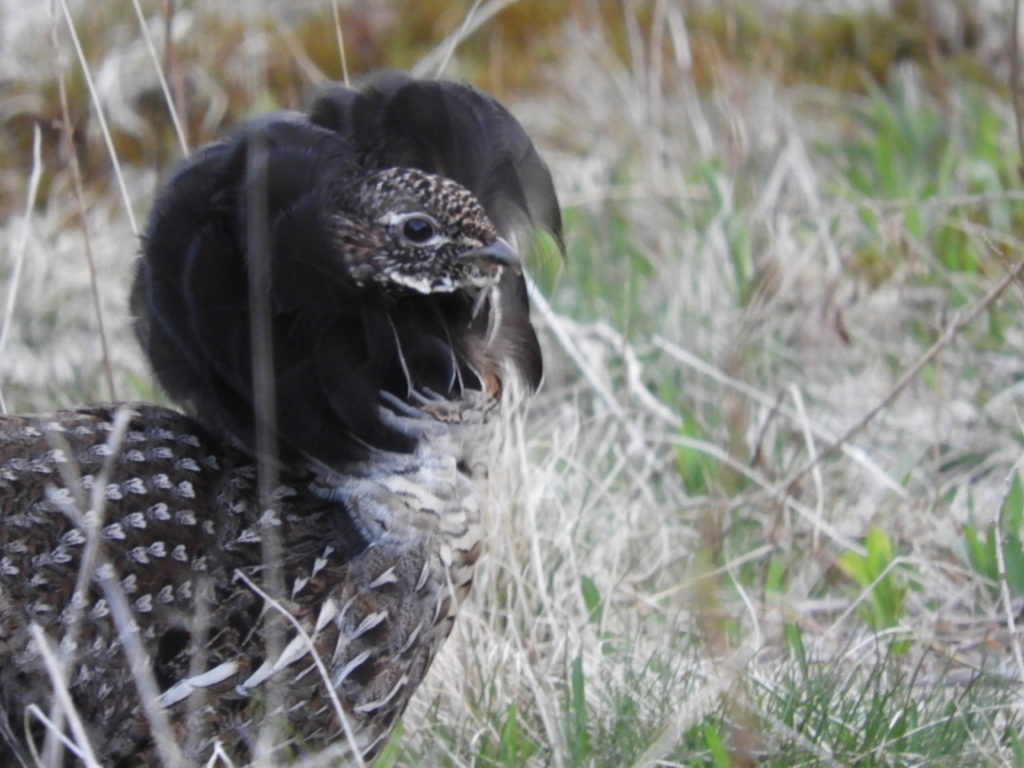
Perhaps over the last few weeks you have become a backyard birder! Did you heard the distinctive display and flights sounds of the American Woodcock? Maybe you have seen the forests come alive with activities of grouse? Are you ready for shorebirds to slowly build in numbers during the month of May? Maybe you hung a birdfeeder in easy view and are watching the songbirds return.
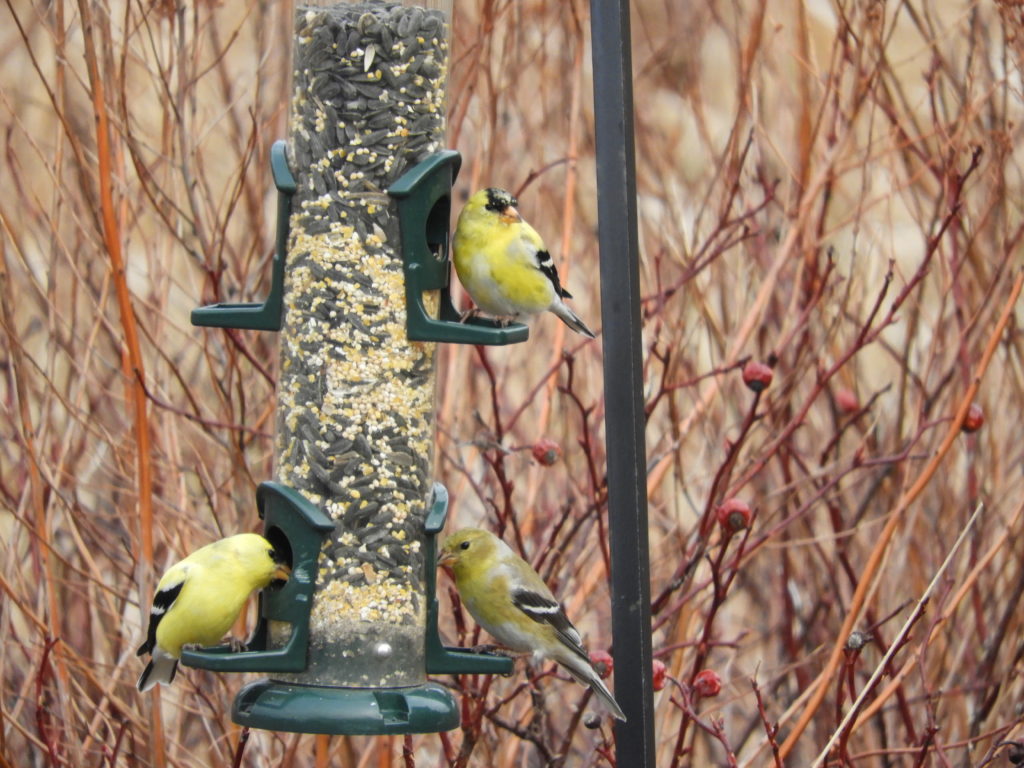

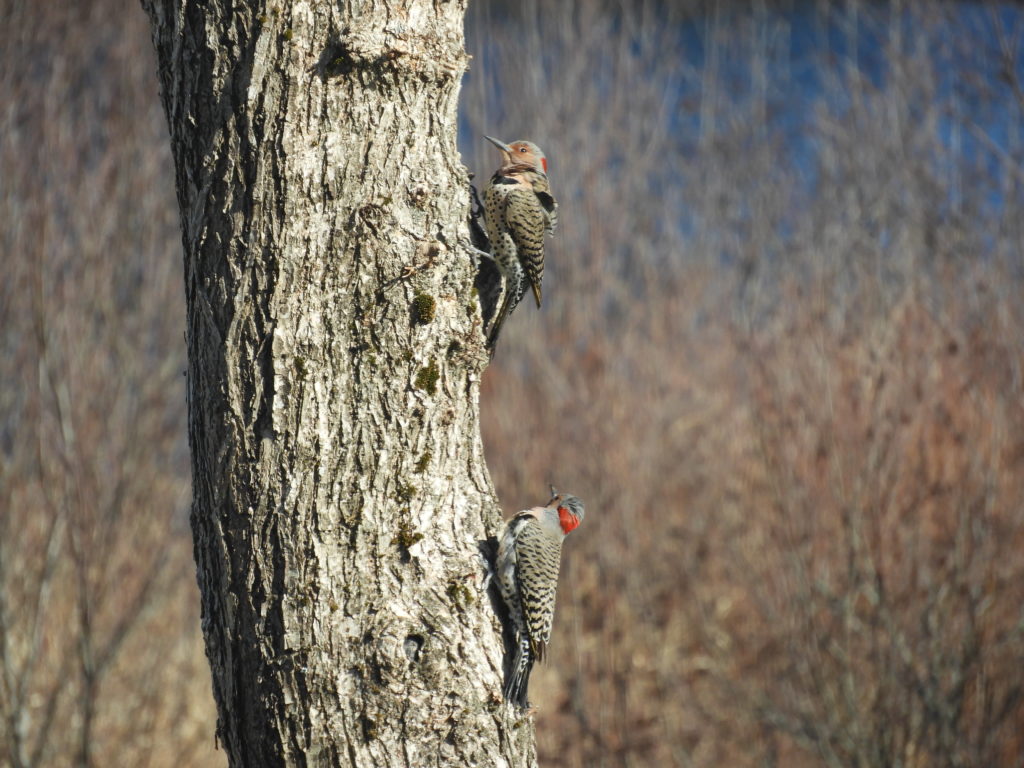
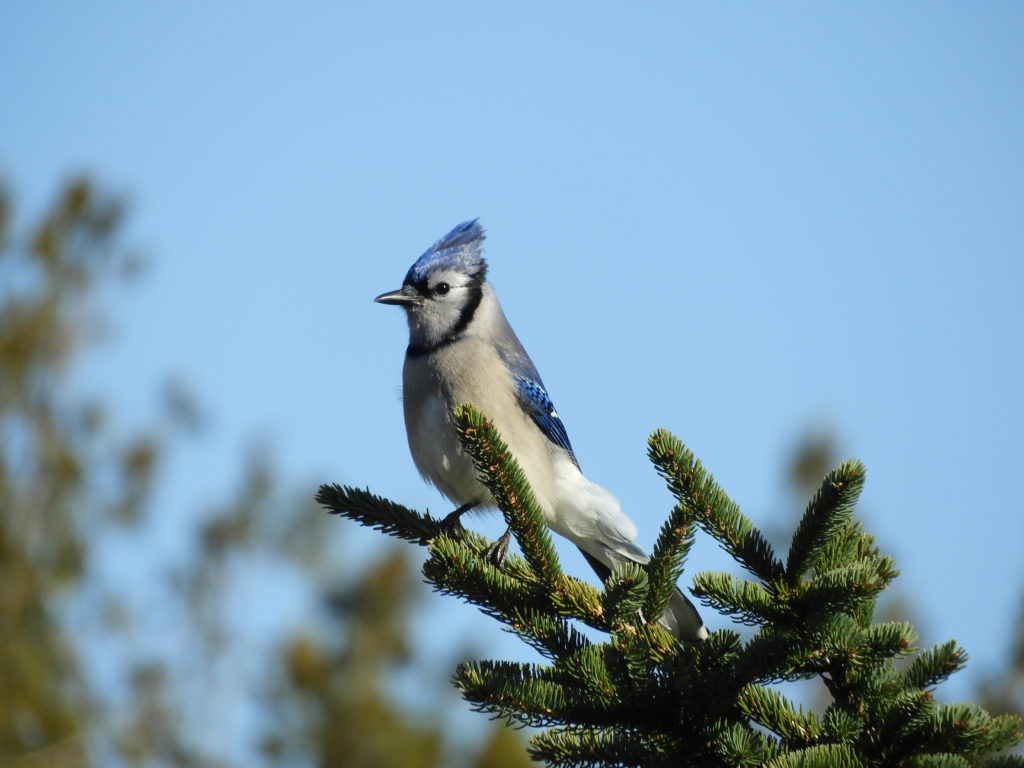
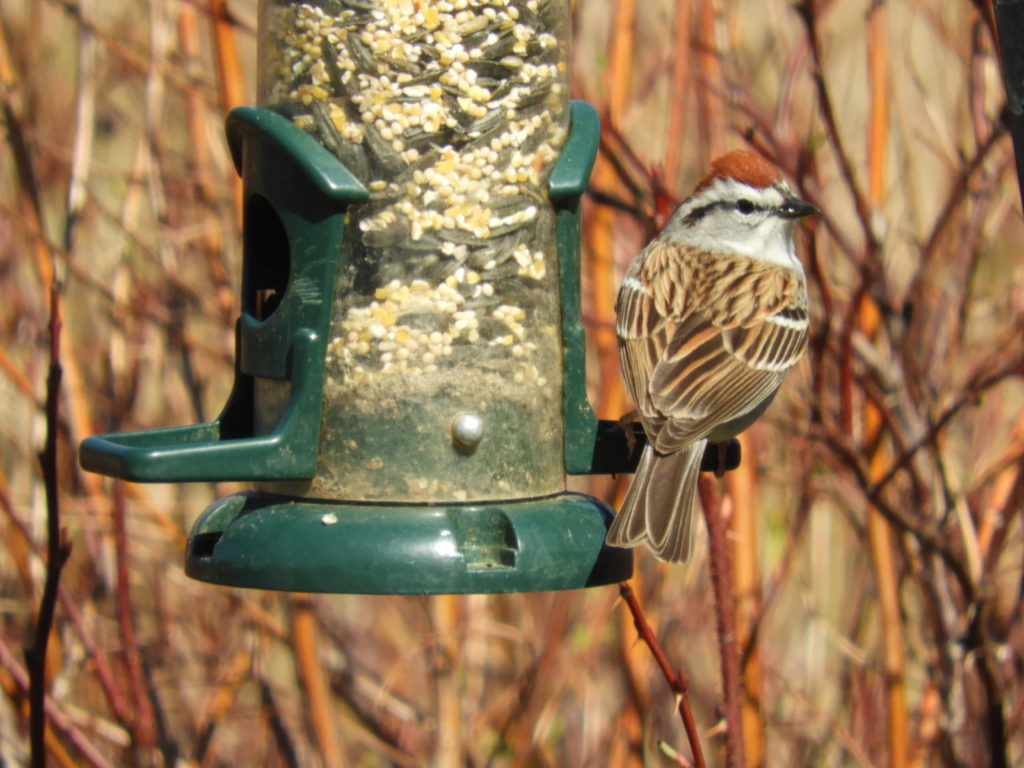
If you have never tracked the movements of our favorite feathered friends don’t worry now could be the perfect time to start; just begin with a feeder and maybe a pair binoculars. Reference a local field guide (or consult Cornell’s All About Birds online field guide) to identify the unique colors or patterns you are seeing. As your interests develop and you find yourself ready to adventure outside you’ll be in luck – Downeast Maine has numerous birding destinations.
- The Orange River Conservation Area is a wildlife corridor with marshes and wetlands that provide excellent habitat for nesting ducks.
- The undeveloped shorelines of Ingersoll Point and Tide Mill Creek provide buffers for intertidal habitats used by shorebirds, migratory and wintering waterfowl such as black ducks, and wading birds including great blue heron.
- Bald eagles and many species of waterfowl and migratory birds can be observed from the shore of Reversing Falls.
- Pigeon Hill is an excellent location to sight hawks during migration and common migratory birds throughout the summer. Pileated woodpeckers, spruce grouse, ruffed grouse, black-capped chickadees, red breasted nuthatches, and dark-eyed juncos have been a few of the species spotted at this location.
- The shoreline of Mowry Beach is an important bird area with migratory songbirds are common during nesting season, along with several species of finches. Cedar and bohemian waxwings frequent the site in fall and winter, along with rough-legged hawks, northern harriers and northern shrikes.
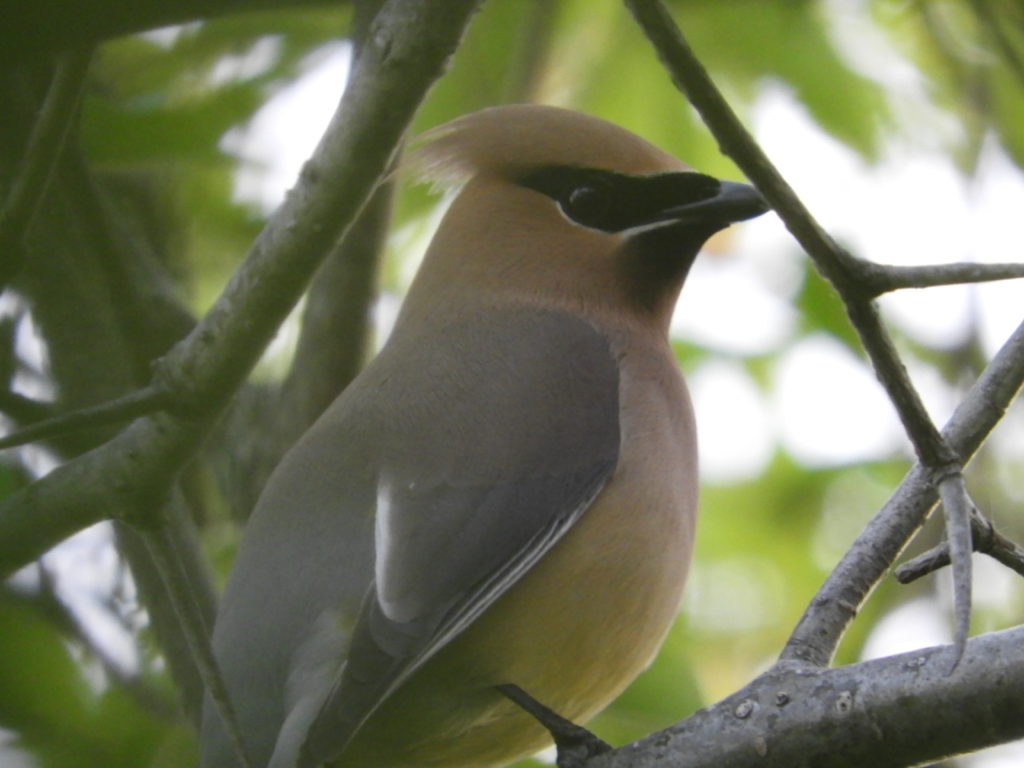
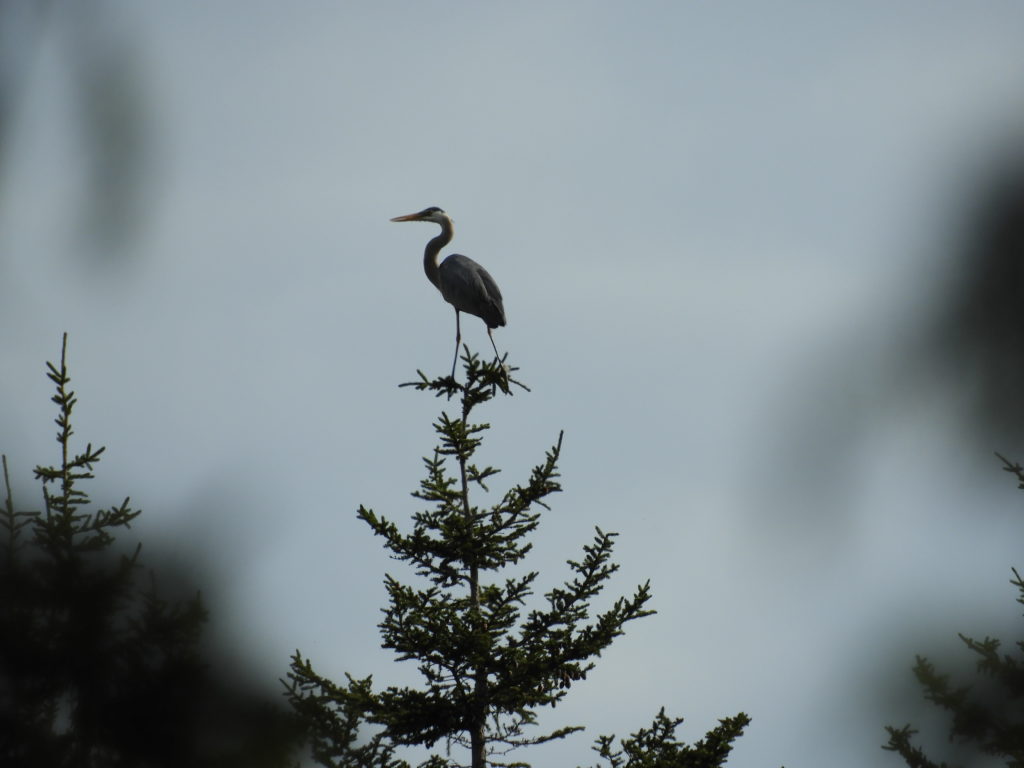
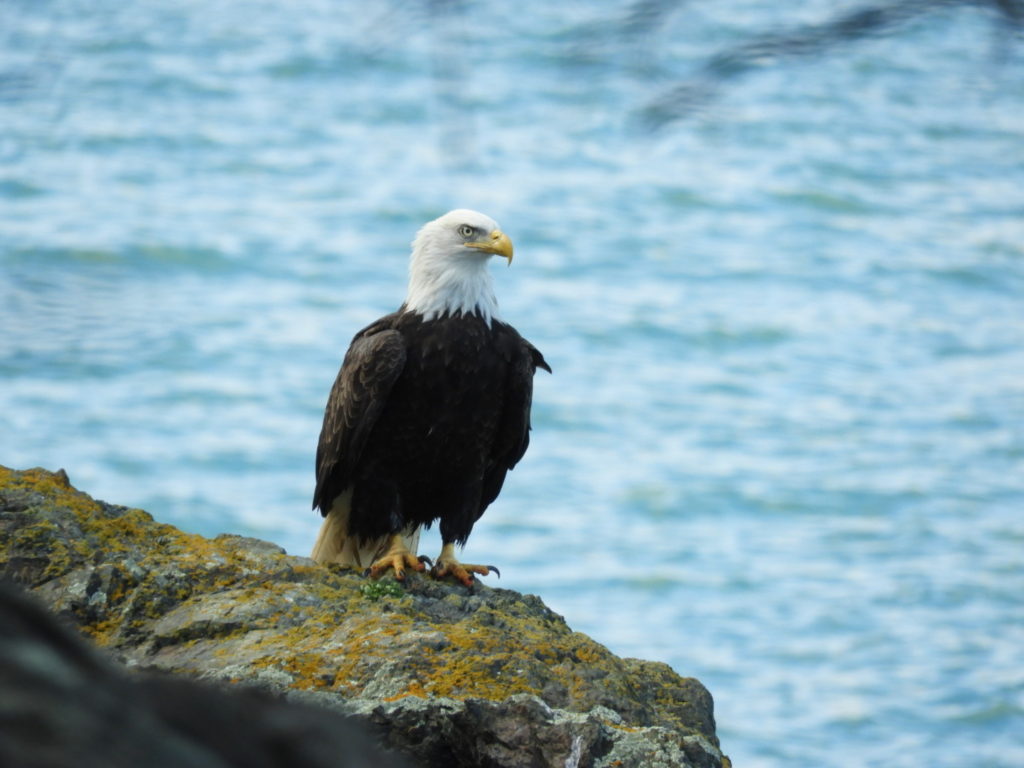
So instead of holding your breath wondering if you will hear that all too familiar loon call up at camp, consider exploring the DCC trails here in Downeast Maine and find a new favorite feathered friend!
Check out Maine Audubon for more resources on Backyard Birding: https://www.audubon.org/birding/backyard

